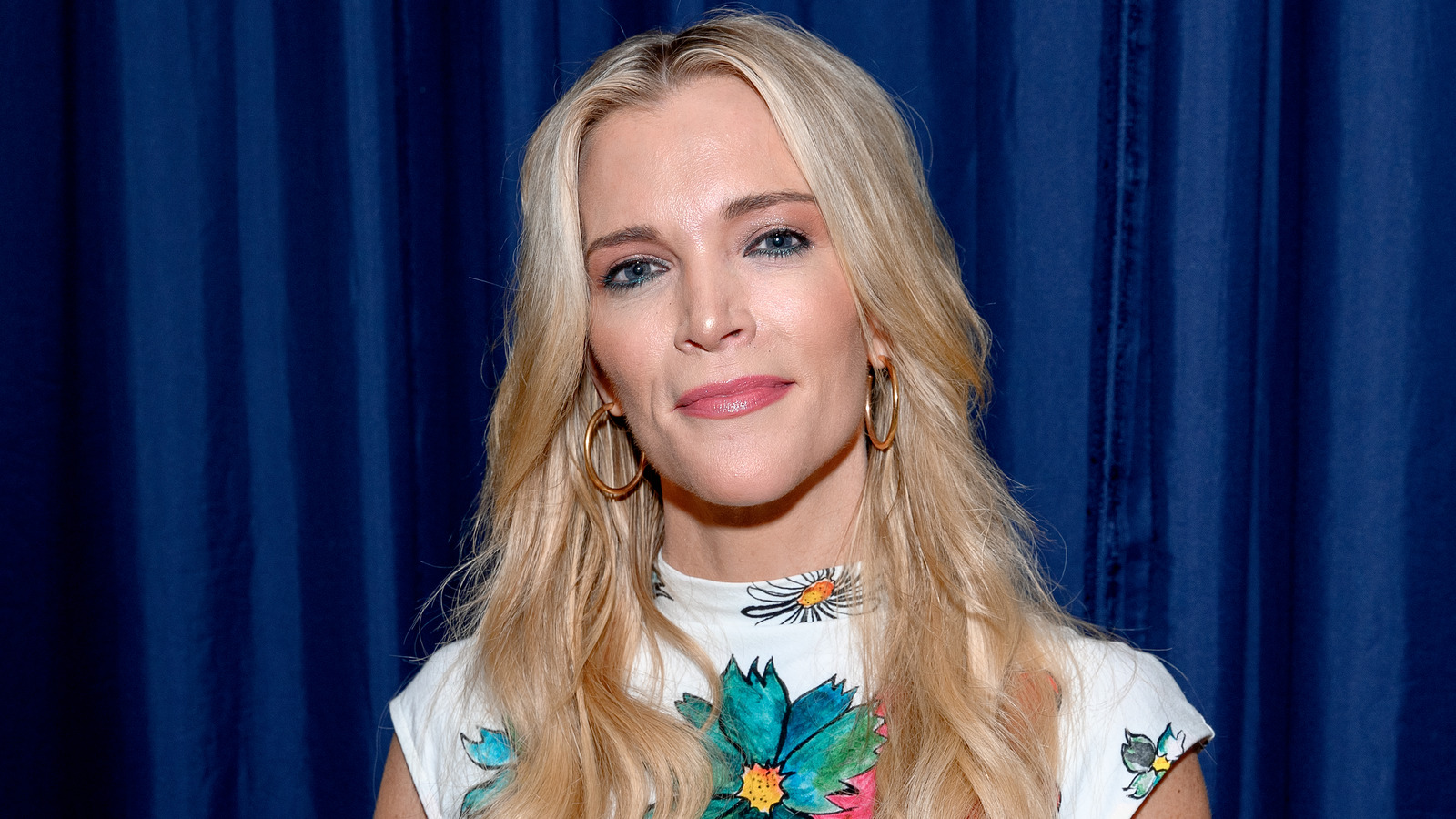Nintendo’s next console is going to have a kickass library of games to start. Last night, when there was absolutely nothing else of note happening in the world, Nintendo announced that its still-unannounced Switch successor would be backward-compatible with existing Switch games. The announcement is an early sign that Nintendo might be able to avoid the painful transition between consoles and better unify its growing ambitions.
Backward compatibility is not a guarantee of success. The Wii U could play most Wii games, and it still ended up being a failure. But it’s a feature that benefits both consumers and the industry at large. In Nintendo’s case, its inclusion was never a sure thing. While bestselling hardware like the Wii and DS were able to play games from their predecessors, Nintendo often started over from scratch with a new console generation — which meant that players did, too.
The library of games you had built up over the lifespan of the Nintendo 64 or SNES stayed with that console. This is what has allowed Nintendo to resell Super Mario Bros. 3 across countless devices; if you want to play the classics on the newest console, you usually have no choice but to buy it again. Otherwise, you’re forced to keep a Wii U around in order to enjoy that copy of The Legend of Zelda: The Wind Waker HD. It sucks for consumers and it sucks for video game preservation, given how quickly older titles can become inaccessible.
Backward compatibility for the Switch is especially notable given what an incredible library it has accumulated. In fact, while the Switch is Nintendo’s second-bestselling piece of hardware, it has sold more games than any other Nintendo platform. During an investor presentation, the company said that the Switch’s “cumulative software sales have reached 1.3061 billion units, setting a new record for a Nintendo gaming platform. More software has been played on Nintendo Switch than on any other Nintendo hardware.”
Image: Nintendo
That’s not a surprise when you think about the games that have come out since 2017: The Legend of Zelda: Breath of the Wild, The Legend of Zelda: Tears of the Kingdom, Animal Crossing: New Horizons, Super Smash Bros. Ultimate, Super Mario Odyssey, Super Mario Bros. Wonder, and a whole lot of Pokémon. Ironically, the Switch was helped in a way by its lack of backward compatibility; Nintendo was able to keep up a steady stream of releases by putting out a number of Wii U ports. The Switch’s bestselling game is an enhanced version of Mario Kart 8 Deluxe.
The decision to support backward compatibility means that all of those games will immediately be available to anyone who picks up the next console. For existing Switch owners, it imbues their collection with more value; for newcomers, it means they have a huge library to dive into from the jump.
The decision also helps explain why Nintendo has barely slowed down with releases, even as the Switch approaches the end of its life. The first-party games that came out in 2024 — Mario & Luigi: Brothership, Princess Peach: Showtime, and The Legend of Zelda: Echoes of Wisdom — will likely have a lifespan well beyond the final years of the Switch. That’s also why there are still more big Switch games in the works, like Metroid Prime 4: Beyond, Pokémon Legends: Z-A, and Xenoblade Chronicles X: Definitive Edition. Nintendo is even making services that exist beyond a single console, like the just-launched Nintendo Music streaming app.
Signs have been pointing to this kind of more unified Nintendo for some time. The company’s account system links together various services and games, and more than a decade ago, Nintendo merged its console and portable game development divisions so that everyone was focused on the Switch. It has created more cohesiveness across the company’s offerings, which has become increasingly important as Nintendo branches out in new directions. This has led to at least one sensible decision that sets up the Switch’s successor for a strong start — now we wait to see what oddball decision will make the new console distinctly “Nintendo.”
 2 weeks ago
6
2 weeks ago
6





)

/cdn.vox-cdn.com/uploads/chorus_asset/file/25751312/2024_CH_Pacifica_Gas_Gallery_Img3_Desktop1.jpg.image.1440.png)












 English (US) ·
English (US) ·